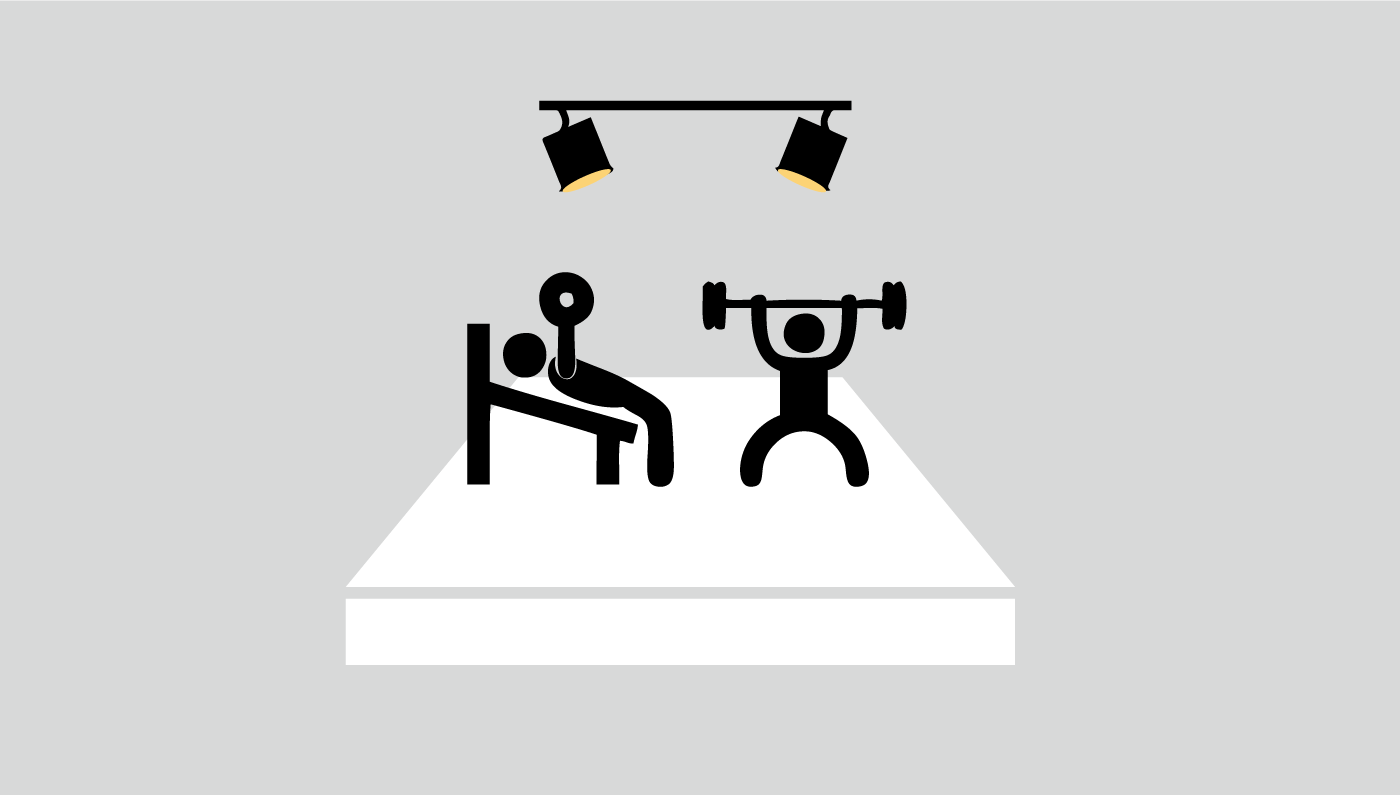Not long after the confetti is swept up and the champagne bottles are tossed out, many revelers wake up New Year’s Day with a new goal.
‘This is the year I’m going to exercise more, or quit smoking, or eat healthier,’ they say. And for a lucky few, they’re right.
For many more, though, obstacles start to crop up. Whether it’s the lack of time that afflicts us all, a tough uphill climb to remake old habits, or simply a short attention span, New Year’s resolutions are notoriously tough to accomplish.
But even if we don’t run daily, visit the gym more often, or finally start that weight training regimen, we can at least dress the part.
The growth of activewear as a fashion trend has been an evolution over decades, across genders (think how basketball style influenced men’s fashion trends in the 1990s and still does today, for example) but, lately, has truly come into its own with the explosive growth of brands like Lululemon, which can take much credit for fostering the so-called “yoga pant” craze.
And while Lululemon has suffered its fair share of controversy—and has distanced itself from its controversial founder—the trend it has helped spark shows no signs of slowing down. It’s even spawned a new category of fashion: “athleisure,” according to Vogue.
The numbers behind the activewear industry are staggering: Nike has publicly stated they expect to earn an additional $2 billion from women’s activewear alone by 2017, and Morgan Stanley estimates that the industry at large will make more than $80 billion more in sales by 2020.
And the branding behind activewear companies is even more impressive. Lululemon is known for its devoted customer base which eagerly awaits new (and often exclusive) variations on the yoga pant style, while exercise brands like SoulCycle—whose core business isn’t fashion at all—foster tremendous brand loyalty through selling their own proprietary workout gear.
Part of this trend involves tapping into shifting cultural values. For one, it’s become much more acceptable to stroll the streets, running errands but not actually running, in athletic gear. And as designers create gear with cleaner lines, a more flattering fit, and a sharper eye for style, customers seeking out the comfort of athletic wear also benefit from the style of mainstream fashion.
Another part taps into the same exclusivity that high-end fashion uses to make its products attractive to an elite customer. Wearing high-priced Lululemon or Soul Cycle gear, or even more expensive gear from brands like Nike or Under Armour, lets your fellow workout buddies—or coffee shop patrons—know that you’ve got exclusive taste, an eye for quality, and a dedication to fitness and health (even if you’re not wearing them while working out.)
But perhaps the most potent message that these brands send is that, properly outfitted in the latest gear, customers can achieve greatness. It’s evident in everything from taglines—Under Armour greets web visitors with the slogan “Everything Here Makes You Better”—to imagery—Lululemon’s models don’t pose, they run, stretch, and pose in complicated yoga positions wearing the company’s gear. More than other types of fashion, activewear promises to make the customer a better version of themselves—and that idea of self-improvement always sells.
What can we learn from the activewear industry’s success? A few observations to consider for your own branding efforts:
Are your products or services both easy to use and functional? One of activewear’s biggest selling points is that it is clothing designed to be comfortable, easy to wear, and versatile, while still combining some of the street style that customers like. How can your products and services also be user-friendly and accessible while still performing their core function?
How can your product or service better tap into prevailing trends of customer behavior? Activewear has become a hugely popular industry largely as behavior has changed among the buying public. Just as an interest in fitness and health has increased, so, too, have attitudes around what’s acceptable to wear outside of the gym. Many activewear brands found that sweet spot. What’s the sweet spot in your own industry that will allow you to meet customers where they are?
Do your products or services help a customer reach their aspirational future? Perhaps the strongest value proposition of activewear is that it’s designed to help customers become better versions of themselves—even if they’re just running errands. Do your products and services also offer that possibility, and, if not, how could you incorporate more of those ideals into your own marketing? Are you saving customers time and money they can spend on making themselves or their business work smoother? Are you freeing up their attention and energy to spend on more important causes? How are you making their life better, either directly or indirectly?

